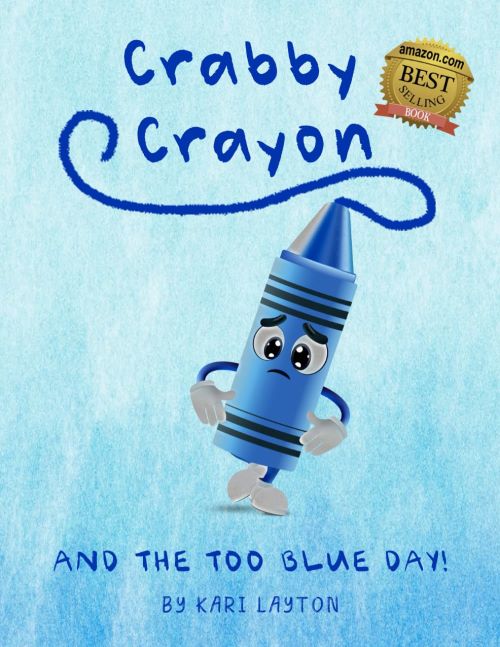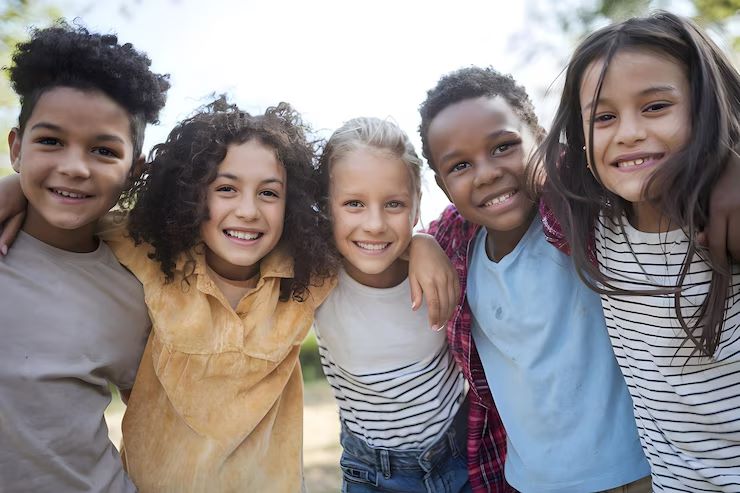In a world that is growing increasingly diverse, it is crucial to teach children that differences are not only natural but beautiful. Whether it’s cultural backgrounds, physical appearances, abilities, or perspectives, diversity enriches our lives in countless ways. When kids learn to embrace differences from a young age, they grow into empathetic, open-minded individuals who contribute to a more inclusive and harmonious society.
1. Celebrating Diversity Builds Empathy
One of the most important reasons children should learn to appreciate differences is that it helps them develop empathy and compassion. When kids interact with people from different backgrounds, they begin to understand that everyone has unique experiences, struggles, and strengths. This understanding fosters kindness and prevents prejudice, bullying, and discrimination. It’s helpful for children to learn at an early age, people have all sorts of different beliefs and ideas. This diversity of thought should be celebrated and investigated, not feared.
For example, when a child meets a classmate who speaks a different language or practices a different tradition, they have the opportunity to ask questions, learn, and appreciate those differences rather than fear or judge them. Encouraging curiosity and open conversations about diversity teaches kids to see the world from multiple perspectives.
2. Differences Spark Creativity and Innovation
The world thrives on creativity and new ideas, many of which come from people with diverse backgrounds, experiences, and perspectives. If children grow up believing that everyone should think and act the same, they miss out on the opportunity to learn from others and develop innovative solutions.
For instance, some of the greatest inventions, artistic achievements, and scientific discoveries were made possible because people brought different perspectives to the table. By teaching kids that diversity fuels creativity, we prepare them for a future where they can collaborate, think critically, and embrace new ideas.
3. Promoting Inclusivity Strengthens Communities
A world where differences are respected is one where communities are stronger, more compassionate, and more connected. When children are taught to respect and value differences, they learn how to build friendships with people from all walks of life.
Inclusivity in schools and playgrounds means that every child feels welcomed and accepted—regardless of their race, ideology, ability, or background. Encouraging kids to include others who might be different from them fosters a sense of belonging and unity, ensuring that no child feels isolated or left out.
4. Preparing Kids for a Globalized World
The world today is more connected than ever. Whether it’s through travel, social media, or international business, children will grow up in a world where they interact with people who have different values and ideologies. Teaching them early that differences are a strength prepares them to navigate relationships, workplaces, and social settings with confidence and respect.
A child who learns to embrace diversity will grow into an adult who can thrive in multicultural environments, whether in school, at work, or within their community.
5. Teaching Acceptance Leads to a Kinder Future
Curiosity and a deep desire to understand can eradicate prejudice and discrimination. By teaching children that differences should be explored and celebrated rather than feared, we help create a kinder, more accepting future.
Simple activities, such as reading books about different points of view, trying new foods, or attending multicultural events, can open children’s minds and show them the beauty of diversity. Schools and parents can also foster this mindset by encouraging discussions about respect, kindness, and inclusion.

Conclusion
The world is a rich and diverse place, and teaching children that differences make it beautiful is one of the most important lessons we can impart. By fostering empathy, creativity, and inclusivity, we help raise a generation that is open-minded, accepting, and ready to build a better world.
When children learn to embrace their curiosity, they become citizens capable of navigating diverse ideas, diverse conversations, and ultimately a beautifully diverse world.
Stories are powerful tools for teaching kids about diversity. One great example is Kari Layton’s “Crabby Crayon: And the Too Blue Day!“. This children’s tale teaches kids how teamwork, diversity, and collaboration can make the world brighter and more beautiful.
Order now and remember, stories like Crabby Crayon can make these lessons fun and memorable.

